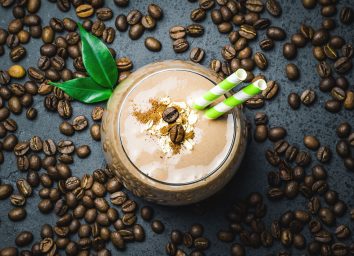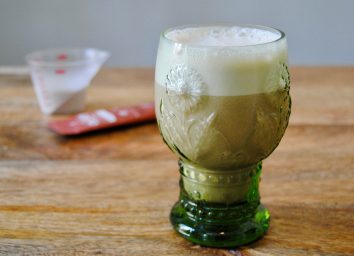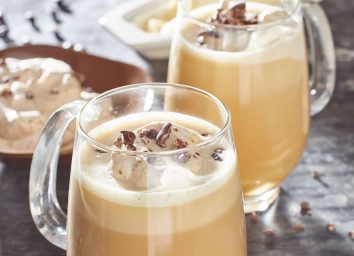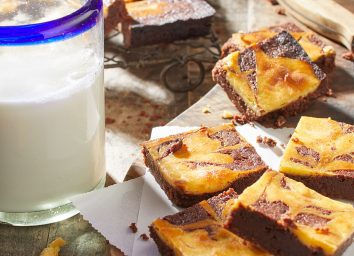The Real Difference Between a Latte and a Cappuccino
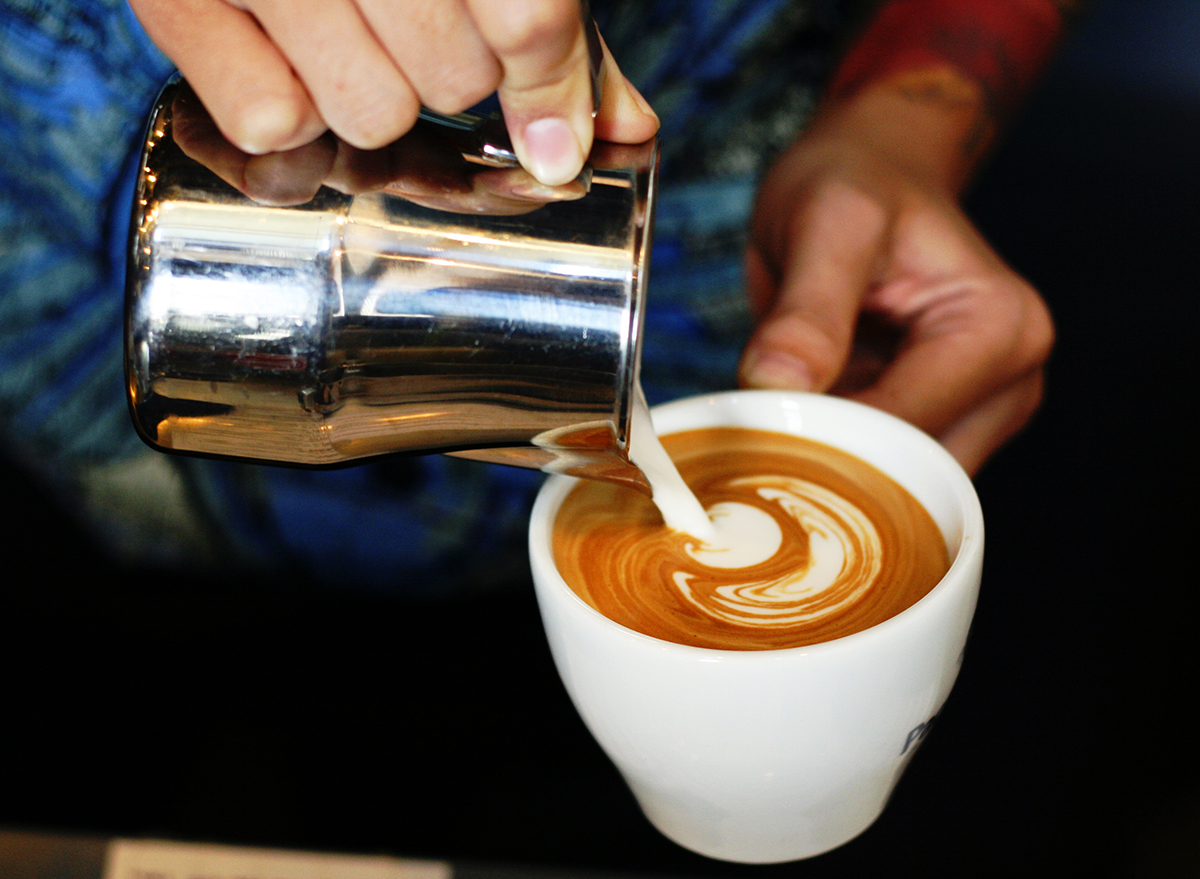
So, what’ll it be: a latte or a cappuccino? Have you tried both? While the ingredients are the same, the way the two drinks are prepared and served is the key distinguishing factor. Ed Moffatt, a specialty coffee expert and co-founder of Common Room Roasters, weighs in on the differences between a latte and a cappuccino so you never confuse the two coffee drinks again.
And for more, check out these 15 Classic American Desserts That Deserve a Comeback.
Latte vs. cappuccino—What are the main differences?
Let’s start with the definitions of each word.
“‘Latte’ is the Italian word for milk,” says Moffatt. “So technically the drink is called a ‘cafe latte’ meaning coffee and milk.”
The cappuccino also has Italian origins, and Moffat says it’s sometimes referred to as breakfast coffee. But the cappuccino isn’t named for its ingredients. The word “cappuccino” refers to Italian friars, specifically the Capuchin friars. They were known for the missionary work they did for the poor, dating as far back as the 16th century.
So, why is a coffee beverage named after a long-standing religious order of men? The Capuchins are widely recognized for their distinctive wardrobe: a brown robe with a long pointed hood that dangles on the back. Cappuccio is the Italian word for this particular hood, which gave rise to the word cappuccino. When the drink first came to be, it was named after the Capuchin friars because of the color the espresso made once it was mixed with milk—it resembled the color of their robes.
STAY INFORMED: Sign up for our newsletter to get the latest food news delivered straight to your inbox.
How much milk is in a cappuccino compared to how much milk is in a latte?
Put simply, a latte contains more milk than a cappuccino.
“Both drinks have a full double shot of espresso as the base. However, the latte has a higher milk-to-espresso ratio than the cappuccino, making it taste softer and milkier,” Moffatt says. This is also why lattes are served in larger cups than cappuccinos.
Want to post a photo of your drink, but can’t think of the perfect words to go with it? We’ve got you covered with these 20 Best Coffee Quotes for Coffee Lovers.
Does a latte taste the same as a cappuccino?
As you can imagine given the different ratios of milk involved with these drinks, the coffee flavor in a cappuccino is much more prominent than it is in a latte.
“Since the cappuccino is served in a smaller cup, it has a heavier coffee flavor with more acidity and bite, due to the espresso cutting through the lesser amount of milk,” says Moffatt. “The latte will be milder and sweeter.”
Can the type of milk affect the flavor of either coffee drink?
“The new world of alternative milks on the market is having a huge impact on how people drink their coffee,” says Moffatt. “Some alternative milks are quite dry and sometimes almost bitter, especially when served hot. Examples include almond and oat milk, where the acidity in the coffee can clash with the natural flavors of the almonds [and] oats.”
As a result, the coffee expert says that people often feel the need to sweeten their cappuccinos and lattes with additional syrups or sugar. While oat milk may not be the best choice to pair with your cappuccino, two other, lesser-known milk alternatives have similar qualities to traditional cow’s milk.
“Macadamia and cashew milk have a natural sweetness and healthy fats in them, which not only make it easier for the baristas to use, but the flavors can [also] complement the notes of the coffee, rather than compete with them,” says Moffatt. And if you love java, make sure you check out the 25 Things That Happen to Your Body When You Drink Coffee.
